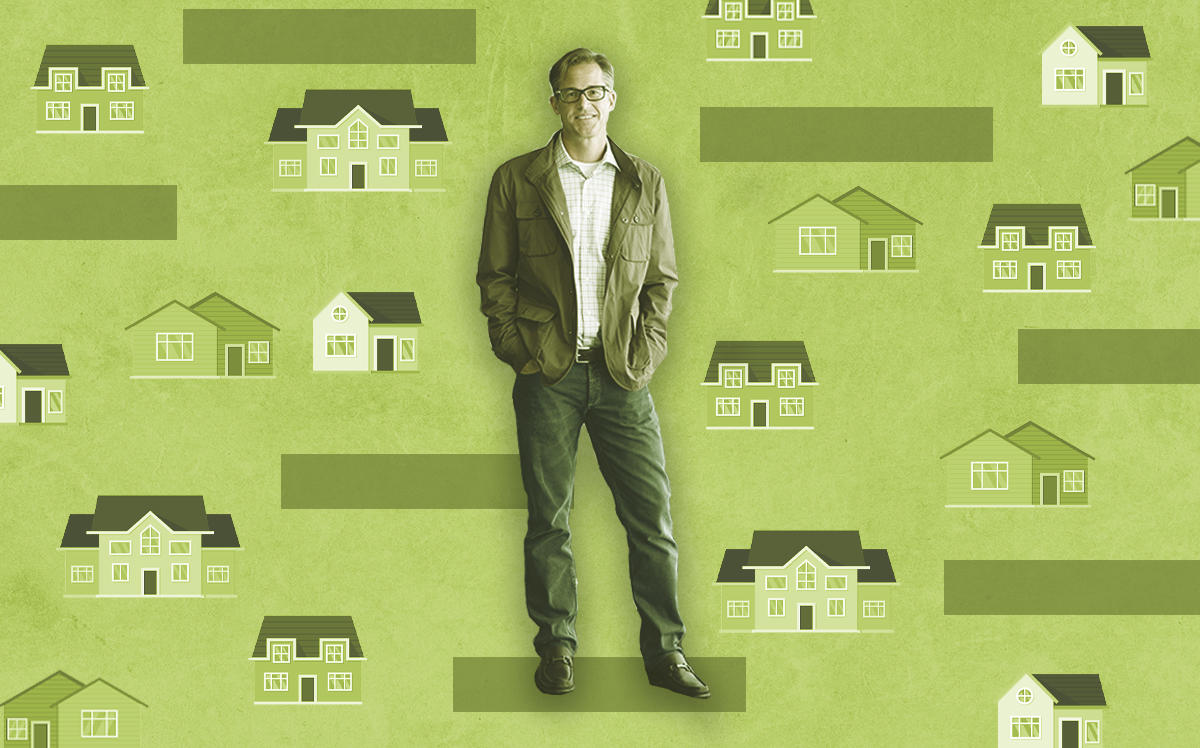Zillow beat its own doomsday predictions as homebuying bounced back quicker in the second quarter than most people predicted.
The Seattle-based listings giant said revenue grew 28 percent to $768 million, as homebuyers shopped online and the company saw increased sales of Zillow-owned homes. Its iBuying platform Zillow Offers saw an even bigger revenue spike, 82 percent, to $454.3 million.
Ahead of its earnings report Thursday, Zillow had projected second-quarter revenue between $577 million and $620 million.
“People want a new living space, that’s driving demand everywhere,” the company’s founder and CEO Rich Barton said during its earnings call. The second quarter was “better than we had hoped,” he noted, reflecting an uptick in tech adoption. “The retail to digital [shift] is happening in every category. But it’s really happening in real estate now,” he said. “We’re benefitting from this tidal shift.”
Read more


Overall, Zillow’s net loss widened to $84.4 million during the second quarter, compared to $71.9 million a year ago. The losses are tied to its expensive bet on iBuying, which Barton has described as its “moonshot” opportunity.
Revenue from Premier Agent, its agent advertising program, dropped 17 percent to $192 million, which Zillow chalked up to Covid discounts it offered to agents.
During the earnings call, Barton said he was optimistic after the housing market rebounded quicker than expected, following an effective shutdown in March and early April. “The changing needs of our homes has served as a catalyst for the pent up inherent demand in peoples’ desire to move,” he said.
That applies to Zillow’s own workforce. Last month, the company said its employees can work from home indefinitely. Zillow currently leases more than 1 million square feet of office space nationwide.
During the quarter, Zillow said visitors to its site and mobile app skyrocketed, hitting 218 million average unique users and exceeding pre-Covid levels. Barton is not among those who believe in a flight to the suburbs. “It’s really popular to tell this de-urbanization story,” he said. “The real story is that shopping is up everywhere, that’s what our data says.”
He said Zillow is benefiting from another big “tailwind” as real estate embraces technology like 3D pictures, virtual tours and digital transactions.
Amid the pandemic, Zillow suspended home-buying because of uncertainty in the market. It also cut expenses by 25 percent.
As of this week, Zillow’s iBuying program, called Zillow Offers, is active in 24 markets.
During the quarter, the company sold 1,437 homes and purchased 86 through Zillow Offers, ending the quarter with an inventory of 440 homes. But it faces an uphill battle to squeeze profits from each home. In a shareholder letter, Zillow said the average purchase price per home was $284,975 during the quarter, with $15,848 in renovation costs. Its average loss was $6,939 per home, after paying interest expenses.
Even as Zillow slashed its budget this spring, the company amassed a war chest to accelerate when the market bounced back. Its total cash balance at the end of the quarter was a record $3.5 billion, up from $2.6 billion at the end of this year’s first quarter.
